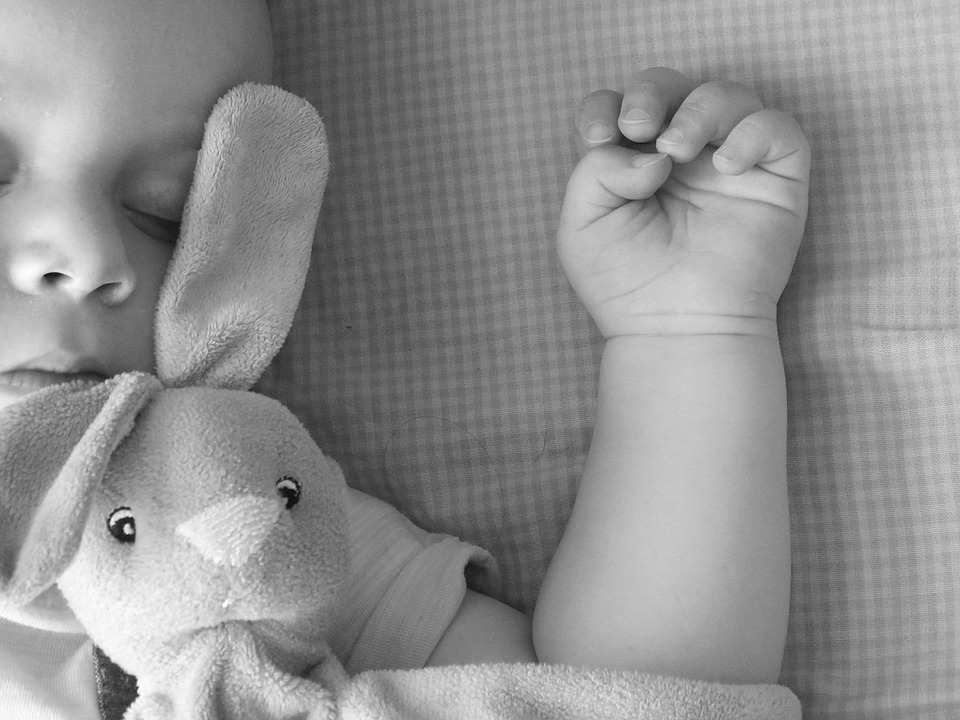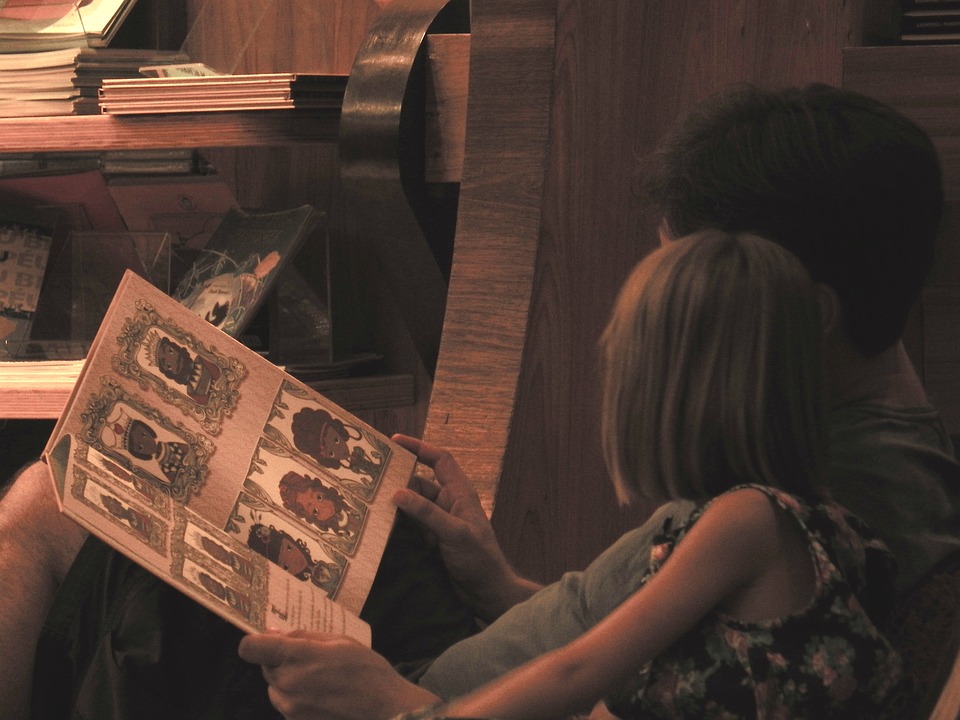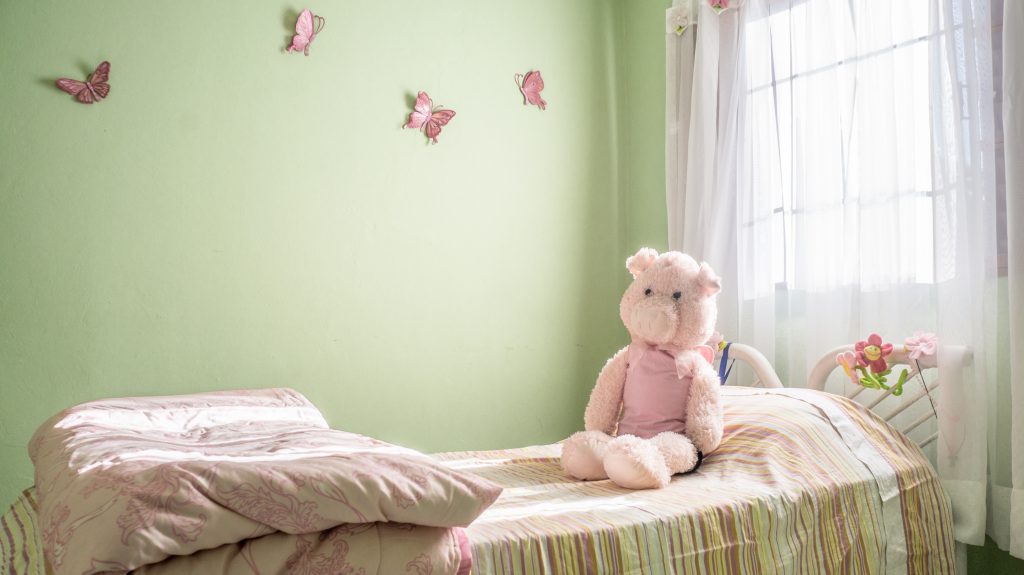
A horror story for parents goes something like this: “It’s been three hours of stories and lullabies and my kid has not even winked.”
Toddlers who find it hard to drift away to dreamland are a nightmare for parents. It’s not only because they too would have to stay up late, but more importantly because a peaceful and restful sleep is necessary for kids’ overall well-being. Toddlers need about 11 to 14 hours of sleep every day, with nap times throughout the day. Nap times decrease as they get older.
When a toddler has sleeping troubles, it is usually harder to wake him up in the morning. Early signs of sleep deprivation in a child also include being grouchy and irritable during the day, hyperactive behavior, and difficulty to focus and concentrate. They find it hard to stay alert and fall asleep spontaneously or experience inadvertent napping during the day.
If your toddler is throwing tantrums the whole day and acting so grumpy, maybe you should check on his sleep schedule and habits. Is he having difficulty hitting the sack? Is he getting enough sleep? More importantly, is he getting enough restful sleep that he needs to stay active, alert, and happy?
We have listed down five creative ways that could help your kids get a shut eye.
Create a Bedtime Routine

Do you feel like going into battle when it is time to send your kids off to bed? It doesn’t have to be. Jennifer Waldburger, co-founder of Sleepy Planet, a Los Angeles-based child sleep consulting firm, says the important thing is to create a bedtime routine that works. A child’s bedtime should be early enough and parents should not delay it just because they think their child does not seem a bit tired. She says a toddler’s sleep schedule must be consistent if it were to be effective. This includes weekends. Even if the child stayed up longer than usual, you should still wake him up about the same time so that the sleep pattern remains the same.
Do not let them engage in very physical activities minutes before bedtime. While they may sleep faster, their sleep will likely be disrupted all throughout the night. Waldburger says it is important to let the child wind down. The routine must start about 30 minutes before you want your child to be asleep. A typical routine involves the four B’s: bath, brushing teeth, books, and bed. In doing the routine, give your toddler choices such as what color of pajama to wear, what book to read, how many goodnight kisses you should give, etc.
Something to “protect” them

Bedtime means separation. And for both kids and parents, this is a hard and emotional part. Help your child cope with bedtime separation anxiety by giving him something that can substitute you. It’s like a transitional object or tool. Have your little girl pick up a “mommy bear” to cuddle. For little boys, it can be their favorite superhero or a robot that will protect them. Kids need to feel secure and making them feel that a piece of you is still with them calms them down.
Once upon a Time… and Beyond

Reading books is a typical part of a toddler’s bedtime routine, But you’ve got to get a little more creative. Engage them by making them a part of the story. Kids are narcissistic in nature and it’s all about them, so why not make them the hero in the story? Start it and let them follow it through. And why not make up a story about sleep? A hero with a secret power called sleep is not a bad start. Just be more creative as you go along.
Bedrooms are where Dreams Come True

Your kid’s bedroom should be a fantasy come true. If you want them to learn how to sleep on their own and be comfortable in their own bedrooms, build them their own dreamland. Make sure that the bed is comfortable. There are certain types of memory foam mattresses that are suitable for young children. They cradle the body in a way that eases pressure and makes you feel more relaxed. Choose the one that also helps maintain a cool temperature perfect for sleeping.
Ban electronics in the bedroom. One survey revealed that nearly three out of four kids or 72% have at least one electronic device in their bedrooms. This is obviously causing sleep deprivation in children. The light emitted from the device keeps them awake and keeps them from having undisrupted sleep.
Your child’s bedroom should also reflect his character and interests so that he feels at home and safe even if the parents are not around. If he likes cars, add car or racing elements in his room. If your little girl is into fairies, add a touch of enchanted garden in her bedroom. Surround them with things that they are familiar with so that the bedroom can be their own fortress.
Make Sleep an Adventure

Sleep should be something that toddlers look forward to. They should not think that sleep is lame. Make them excited for sleep but treating it like an adventure. Go camping in their bedrooms by setting up a tent there. You can also have some glow-in-the-dark stars and planets up in the ceiling so it would feel like sleeping under the stars. You may also create the illusion that birds are flying above them, then put on a humming tune in the background. Include these design elements in their rooms. That way, your kids will consider their bedrooms as sleep sanctuaries.
Of course, there are severe cases of sleep problems in children. In which case, you can seek the help of a professional. But if you are just trying to make bedtime stress-free, you may start with these creative tips and see if they work. Children need enough sleep to be healthy and happy. And as a parent, you need them to, to keep your sanity.














